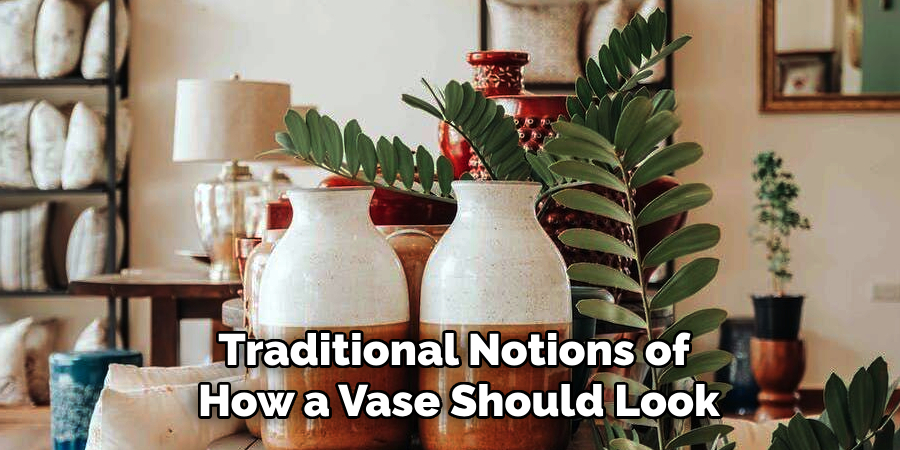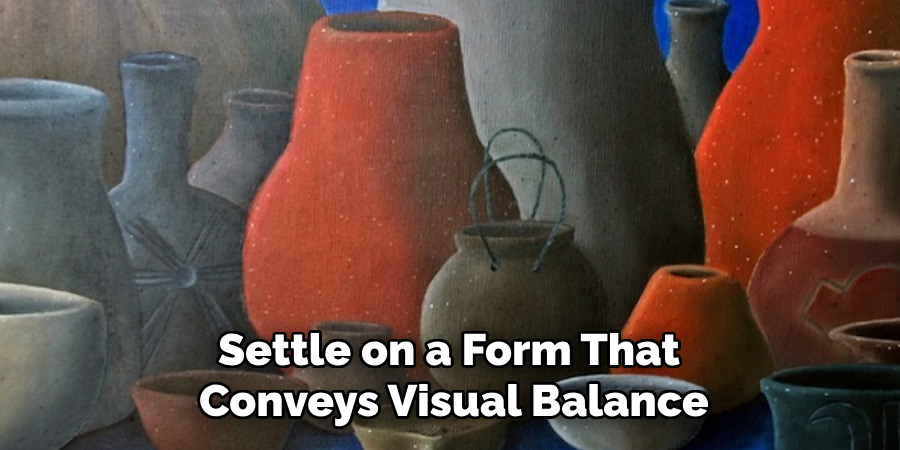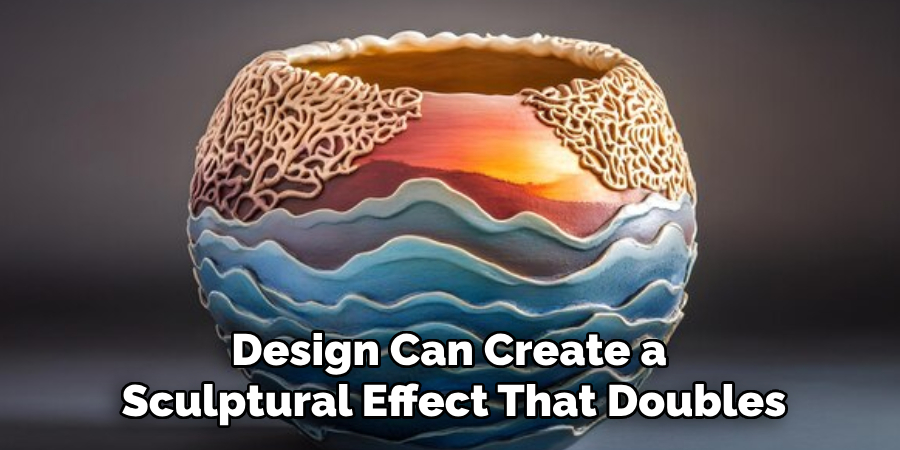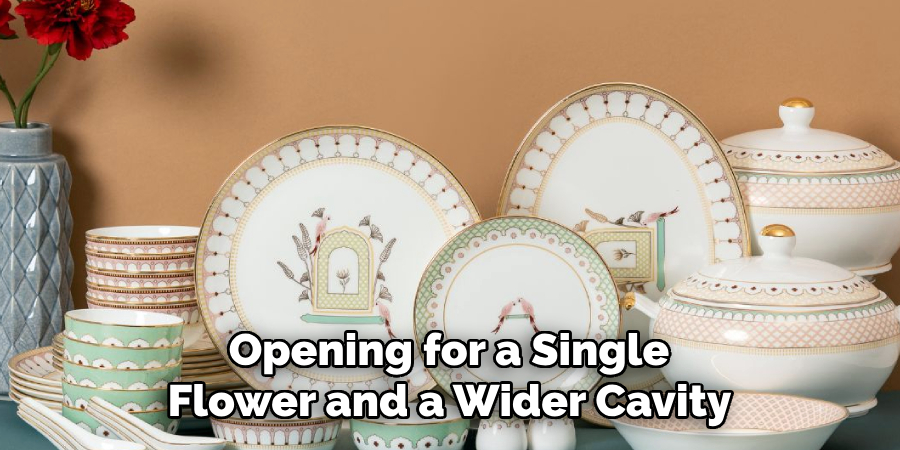Designing a modern ceramic vase blends creativity, craftsmanship, and functionality into a single artistic endeavor. Whether you are an experienced ceramicist or a beginner exploring the world of pottery, creating a vase allows you to experiment with shapes, textures, and finishes to produce a timeless piece. This guide will take you through essential steps of how to design a modern ceramic vase.

Popularity of Modern Ceramic Vases
Modern ceramic vases have seen a surge in popularity in recent years, becoming staples in interior design and home decor. Their clean lines, minimalist aesthetics, and versatile functionality make them suitable for a wide range of design styles, from contemporary to Scandinavian. Social media platforms have also played a significant role in their popularity, with influencers and designers frequently featuring them in curated spaces.
Additionally, the handmade and artisanal nature of many ceramic vases appeals to those who appreciate unique, sustainable, and high-quality craftsmanship. This growing admiration for modern ceramic vases demonstrates their ability to blend tradition with modern design sensibilities.
What Makes a Vase “Modern”?
A modern vase is defined by its ability to combine simplicity, functionality, and artistic expression in its design. Clean lines, minimal embellishments, and unconventional shapes are hallmarks of modern aesthetics, often challenging traditional notions of how a vase should look. Materials also play a significant role, with modern ceramics often incorporating matte finishes, natural textures, or blended mediums like glass and metal. Additionally, modern vases are frequently designed with versatility in mind, allowing them to complement a variety of interior styles, from minimalist to industrial.

Their innovation lies not just in form but also in functionality, as they seek to elevate the display of flowers or stand alone as sculptural art pieces. This focus on blending aesthetic appeal with utility is what sets modern vases apart.
Tools and Materials You’ll Need
To fully showcase the beauty of modern vases, you’ll need a few essential tools and materials. Start with a selection of fresh or dried flowers that complement the vase’s design and color palette. Floral scissors or pruners are necessary for trimming stems to the appropriate length, ensuring the perfect fit and arrangement. Floral foam or wire can be helpful in maintaining structure and stability for more intricate arrangements. Additionally, a clean, sturdy surface for preparation will make the process smoother. Finally, consider using decorative accents like stones, moss, or beads to further enhance the presentation and create a cohesive, visually striking display.
10 Methods How to Design a Modern Ceramic Vase
1. Start with a Minimalist Silhouette to Establish the Base
At the heart of modern ceramic design is minimalism. Begin your design by choosing a clean, unembellished silhouette. Think sleek cylinders, softly rounded cones, or geometric block shapes. Use basic sketching to experiment with proportions—height, width, and mouth diameter—and settle on a form that conveys visual balance. This streamlined approach forms the perfect canvas for subtle artistic enhancements later. By stripping away unnecessary ornamentation, your vase can make a bold, modern statement through shape alone.

2. Incorporate Asymmetry for a Contemporary Twist
Modern design embraces asymmetry as a way to challenge traditional balance and draw the eye. You can experiment with an uneven lip, a tilted body, or an off-center neck to bring visual interest to your vase. Asymmetry works particularly well when combined with a minimalist base, making the deviation feel intentional and artistic rather than chaotic. This method invites exploration into abstract form while still remaining practical for holding flowers or standing alone as a sculptural piece.
3. Use Monochromatic or Neutral Glazes to Maintain Elegance
Color plays a vital role in modern aesthetics. Stick to monochromatic or neutral tones such as matte white, charcoal gray, soft beige, or deep navy for a refined appearance. Glazing your vase in a single, elegant color emphasizes form over decoration and harmonizes easily with modern interiors. Matte finishes often complement contemporary design better than glossy ones, giving the vase a soft, organic feel. Consider layering or overlapping slightly different tones within the same color family for added depth.
4. Integrate Textural Elements for Tactile Appeal
Texture can elevate a simple shape into a modern masterpiece. You might carve subtle grooves, press in fabric for a linen-like surface, or use slip trailing to build raised lines and grids. Even gently distressed textures can add warmth and sophistication. Choose one area of the vase—perhaps the base, midsection, or neck—as a focal point for texture, while keeping the rest smooth. The contrast will guide visual interest without overwhelming the minimalist design principles.
5. Experiment with Negative Space and Cutouts
Modern ceramics often play with the concept of space, including negative space. Incorporating cutouts, windows, or voids in your vase design can create a sculptural effect that doubles as an art piece. Carefully plan these spaces so they don’t compromise the vase’s structure. Oval, circular, or triangular cutouts are popular, but abstract shapes can feel more avant-garde. These elements not only catch the light beautifully but also allow glimpses of stems or surroundings, enriching the design’s dimensionality.

6. Embrace Organic and Softened Forms for Modern Warmth
While geometry is key in modern design, soft organic shapes are equally relevant—especially when you want to add warmth to the piece. Consider hand-pinched or wheel-altered curves that create gentle indentations or sloping bodies. These natural shapes break the rigidity of pure minimalism and reflect the Wabi-Sabi philosophy of beauty in imperfection. The result is a piece that feels modern yet deeply human, with a story told through its irregular contours.
7. Incorporate Layered or Stacked Components
Stacked or modular vase forms are another hallmark of contemporary design. Construct your vase using distinct sections that are fused together—such as a narrow cylinder atop a wide base or a donut-shaped ring with a stem rising from its center. This layered look introduces architectural interest and gives the piece a structured, intentional vibe. It’s also a great way to experiment with contrasting textures or glazes within the same vase while maintaining a cohesive design.
8. Play with Unexpected Proportions to Break Convention
Modern design often defies traditional scale. Try stretching one element of your vase to create drama—a wide, exaggerated lip, an unusually tall neck, or an ultra-slim base. These exaggerated proportions, when done thoughtfully, can redefine how the vase interacts with the space around it. It’s important to balance drama with stability—ensure the base can support the design and any flowers placed within it. Proportional exaggeration turns an everyday object into a captivating focal point.
9. Incorporate Raw or Unglazed Clay for Earthy Contrast
Using raw or partially unglazed clay surfaces adds an earthy, tactile layer to your design. Consider leaving the base unglazed while finishing the upper section in a matte glaze, or vice versa. The juxtaposition of raw and refined surfaces feels grounded yet sophisticated—perfect for modern interiors that embrace natural elements. Clay bodies with a bit of grog (fine sand or particles) can add a gritty texture that’s appealing to both touch and sight, reinforcing the handmade character of the piece.
10. Design with Multi-Functionality in Mind
Modern consumers appreciate versatile design, so consider creating a vase that also serves a dual function. You might design it with a small opening for a single flower and a wider cavity that holds pens, utensils, or incense. Another idea is to incorporate a candleholder element or a hollow ring base that doubles as a handle. Multi-functionality not only adds practicality but also aligns with the minimalist idea of reducing clutter through intelligent design.

Maintenance and Upkeep
Ensuring proper maintenance and upkeep of a vase is crucial to preserving its aesthetic appeal and functionality. For vases made from glass, ceramic, or porcelain, regular cleaning is essential to prevent residue buildup from water or plant materials. Use gentle, non-abrasive cleaning agents to avoid scratches or damage to the surface. For materials like wood or metal, consider occasional polishing or applying protective finishes to maintain their luster and prevent wear. Additionally, ensure the vase is stored in a stable, secure location to avoid accidental tipping or breakage. By following these simple care routines, you can extend the durability and beauty of your vase, keeping it a timeless addition to any space.
Conclusion
Designing a modern ceramic vase is as much about intention as it is about creativity. Each choice—from the initial silhouette to the final glaze—contributes to a piece that speaks to contemporary tastes while reflecting the maker’s artistic voice. Whether you’re aiming for sleek minimalism, playful abstraction, or organic warmth, the methods above provide a foundation for crafting vases that are both functional and beautiful. Modern ceramics thrive on innovation, so don’t be afraid to push boundaries, experiment with scale, or embrace imperfections. In doing so, you create not just a decorative object, but a vessel of self-expression and modern artistry. So, there you have it – a quick and easy guide on how to design a modern ceramic vase.
Specialization:
- Master of wheel-throwing, hand-building, and advanced glazing techniques
- Focus on creating both functional pottery and decorative art pieces
Recognition:
- Celebrated by collectors and art enthusiasts for creating one-of-a-kind pieces that blend artistry with functionality
- Participates in local and national exhibitions, earning accolades for his innovative designs and craftsmanship
Passion:
- Deeply committed to exploring and pushing the boundaries of ceramic artistry
- Continuously experiments with new materials, firing techniques, and artistic concepts to evolve his craft
Personal Philosophy:
- Believes in the transformative power of art, aiming to evoke emotions and connections through his ceramic creations
- Advocates for sustainability in ceramics, using eco-friendly materials and practices whenever possible


